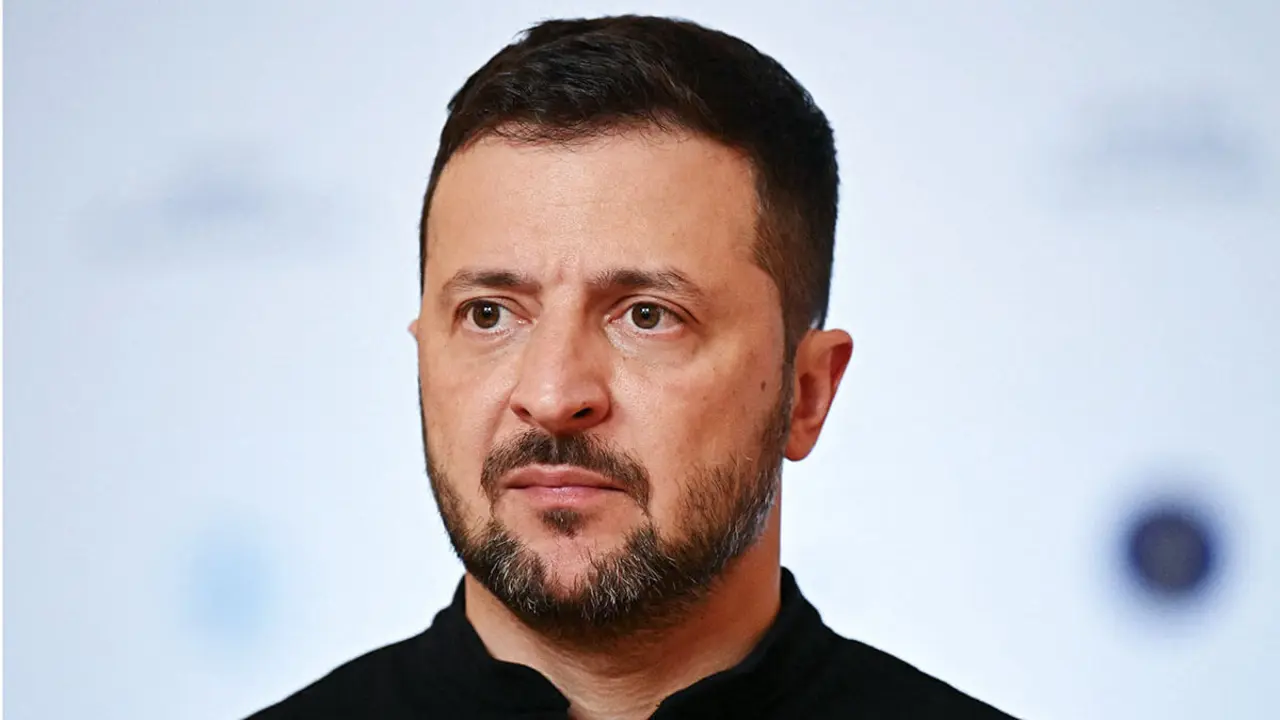Map reveals range of Russian ballistic missile Oreshnik

A map shared via Telegram by Russian propaganda channels and recently published by Anton Gerashchenko, a former advisor to the Ukrainian Interior Ministry, shows the range of the Russian nuclear-capable Oreshnik missile.
According to the map, Oreshnik has the capability to travel from Brest (Belarus) to a US Air Force base in southern Romania in just 5.5 minutes, and to reach another base in Poland in just 3.2 minutes. In addition, it is claimed that the weapon could similarly reach several European capitals, including Paris and London, in less than 9 minutes.
Although the missile's estimated range of 5,500 kilometres (3,418 miles) is less than the distance between Belarus and US territory, it could reach US bases in Europe, as well as in the Middle East and Gulf states.
Russia continues its efforts to intimidate Europe with Oreshnik: propaganda Telegram channels post a map with the missile's approach time to targets in the West if launched from Belarus.
— Anton Gerashchenko (@Gerashchenko_en) December 9, 2024
Nuclear saber-rattling is now joined by an Oreshnik-jingling. https://t.co/WGPTzkhBgb pic.twitter.com/gZg7KNAH9V
This ballistic missile was first used on 21 November, when it was launched against the Ukrainian city of Dnipro. Russian President Vladimir Putin called the attack a ‘successful test’, claiming that there are currently ‘no air defence systems’ capable of intercepting the Oreshnik missile.
The new weapon, which according to Ukraine's Defence Intelligence Directorate travelled from the Russian city of Astrakhan in just 15 minutes, would have reached a maximum speed of more than Mach 11 (13,523.6 kilometres per hour) before impact.
In his speech following the attack on Ukraine, Putin also stressed that his country ‘will determine targets for future tests of newer missile systems based on threats to Russia's national security’. He also warned against attacking ‘the military facilities of countries that allow their weapons to be used against our facilities’.
This came after US President Joe Biden lifted a ban on the use of long-range US missiles by Ukraine's military to attack strategic positions inside Russian territory.

Separately, the Russian leader has announced his intention to deploy Oreshniks hypersonic missiles in Belarus by 2025, in response to a request from Belarusian President Alexander Lukashenko, considered Putin's closest ally in Europe.
According to Newsweek, Lukashenko announced earlier this week that ‘a few dozen’ weapons had already been transferred to his country.
Similarly, during a trip to a production plant in Borisov, Lukashenko indicated that MZKT, a state-owned manufacturer of tractors and heavy vehicles, would be instructed to begin manufacturing launch systems for Oreshnik missiles in the second half of 2025.









